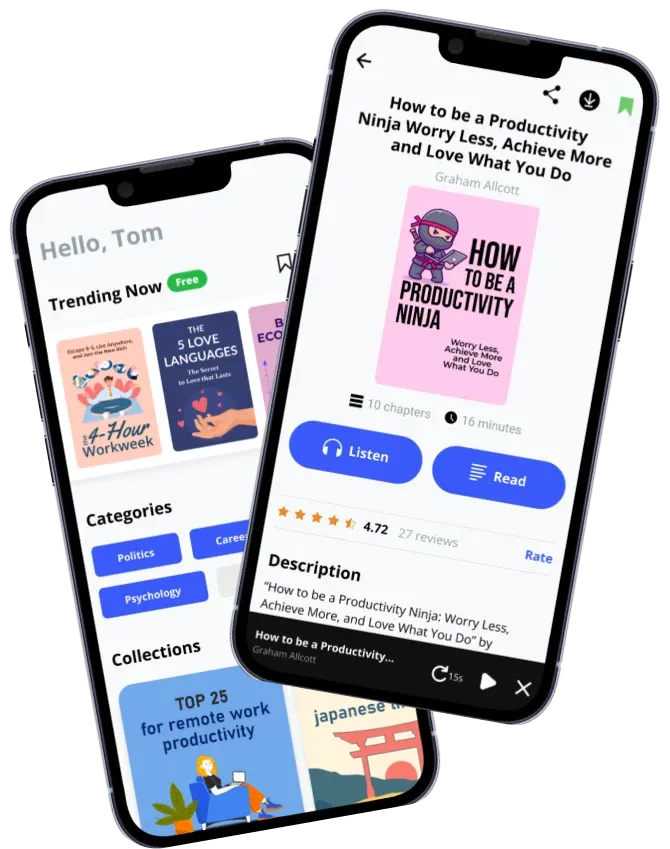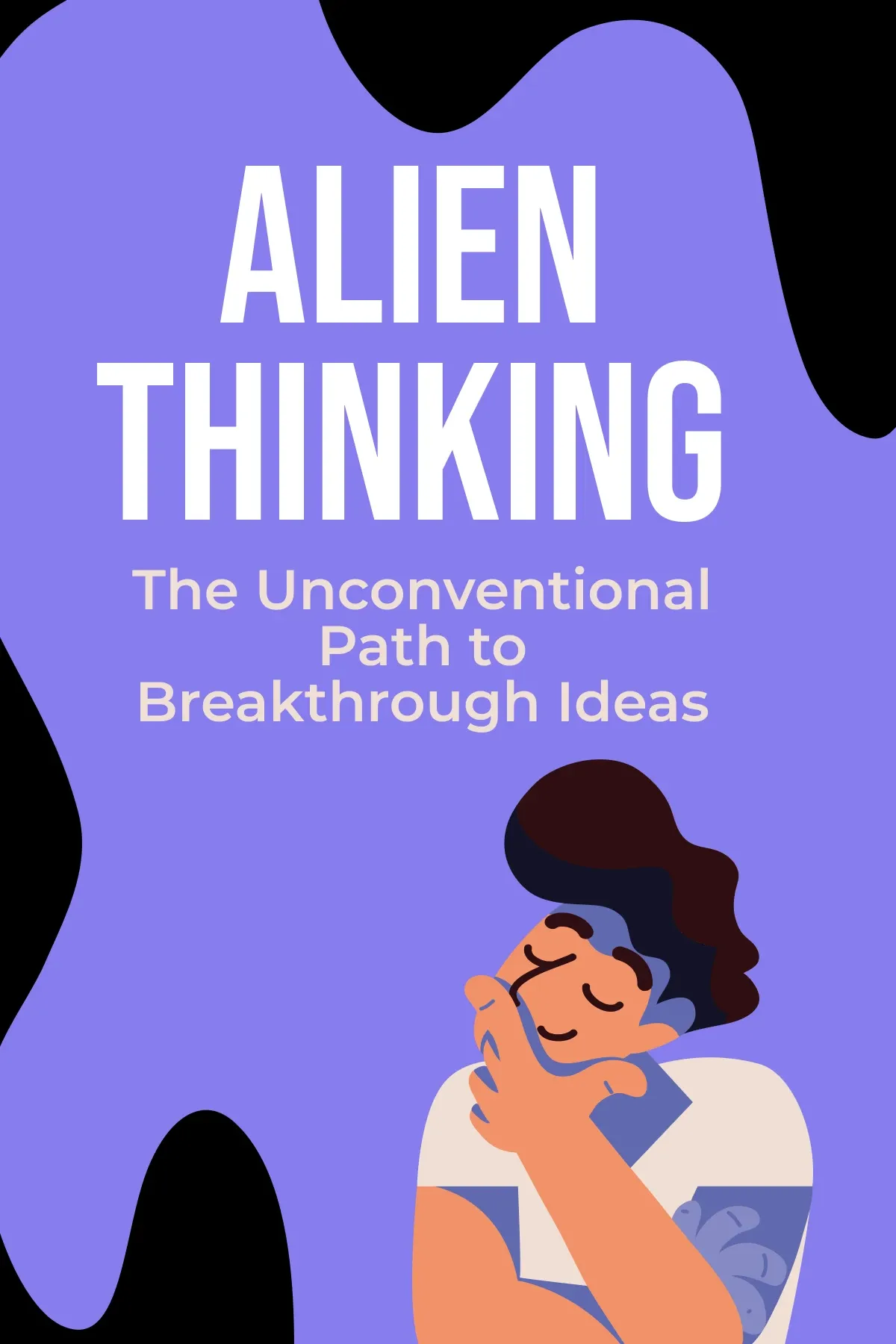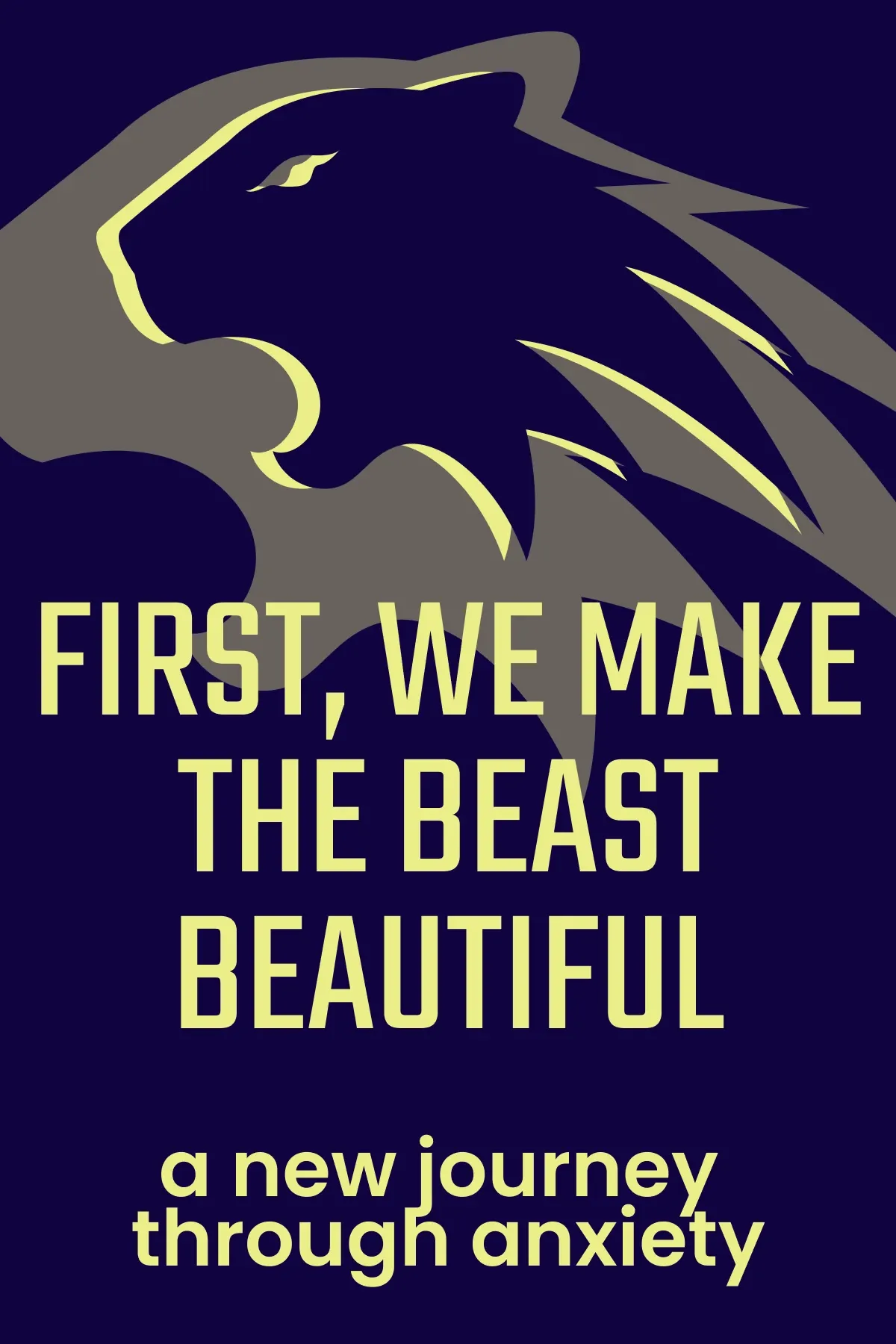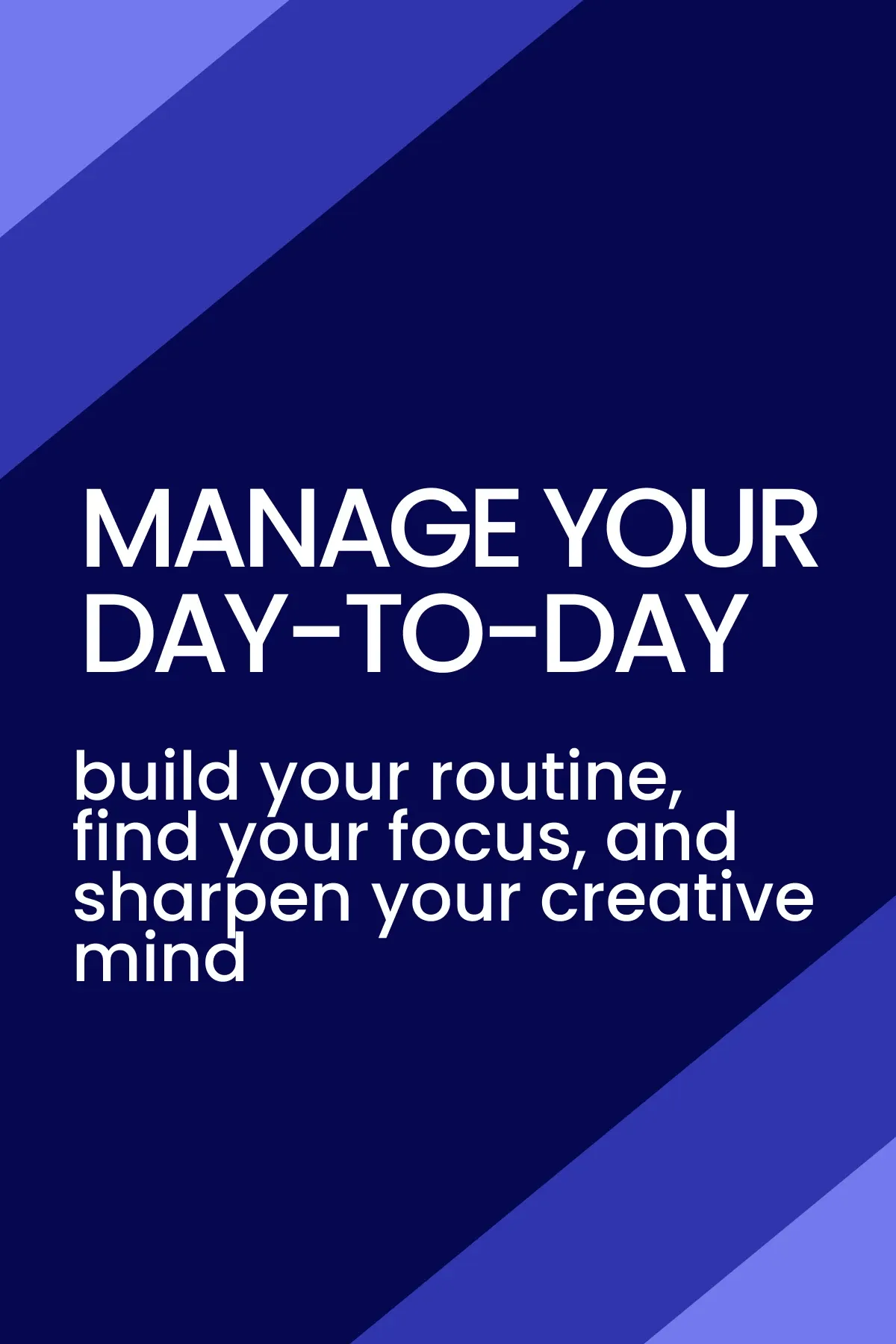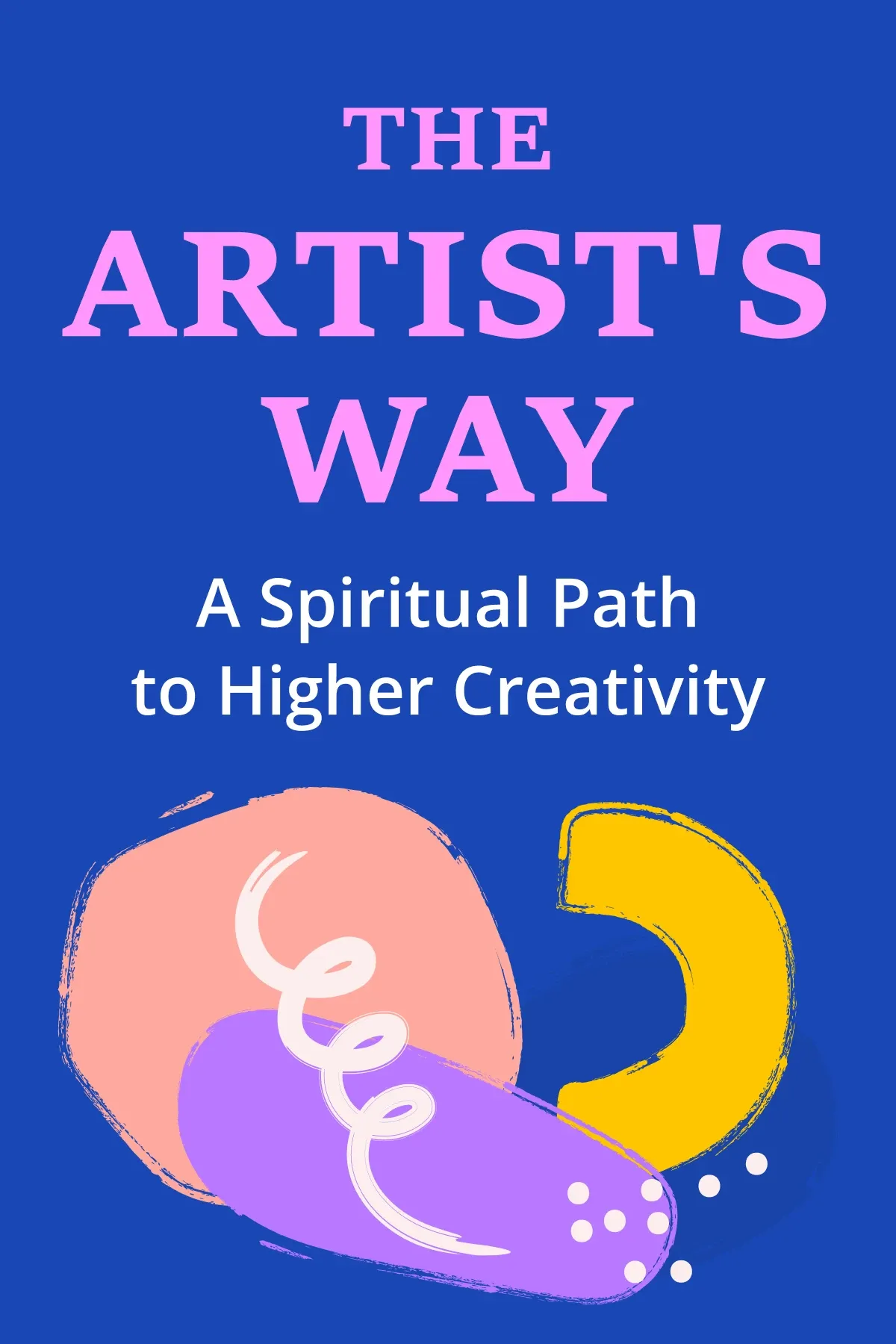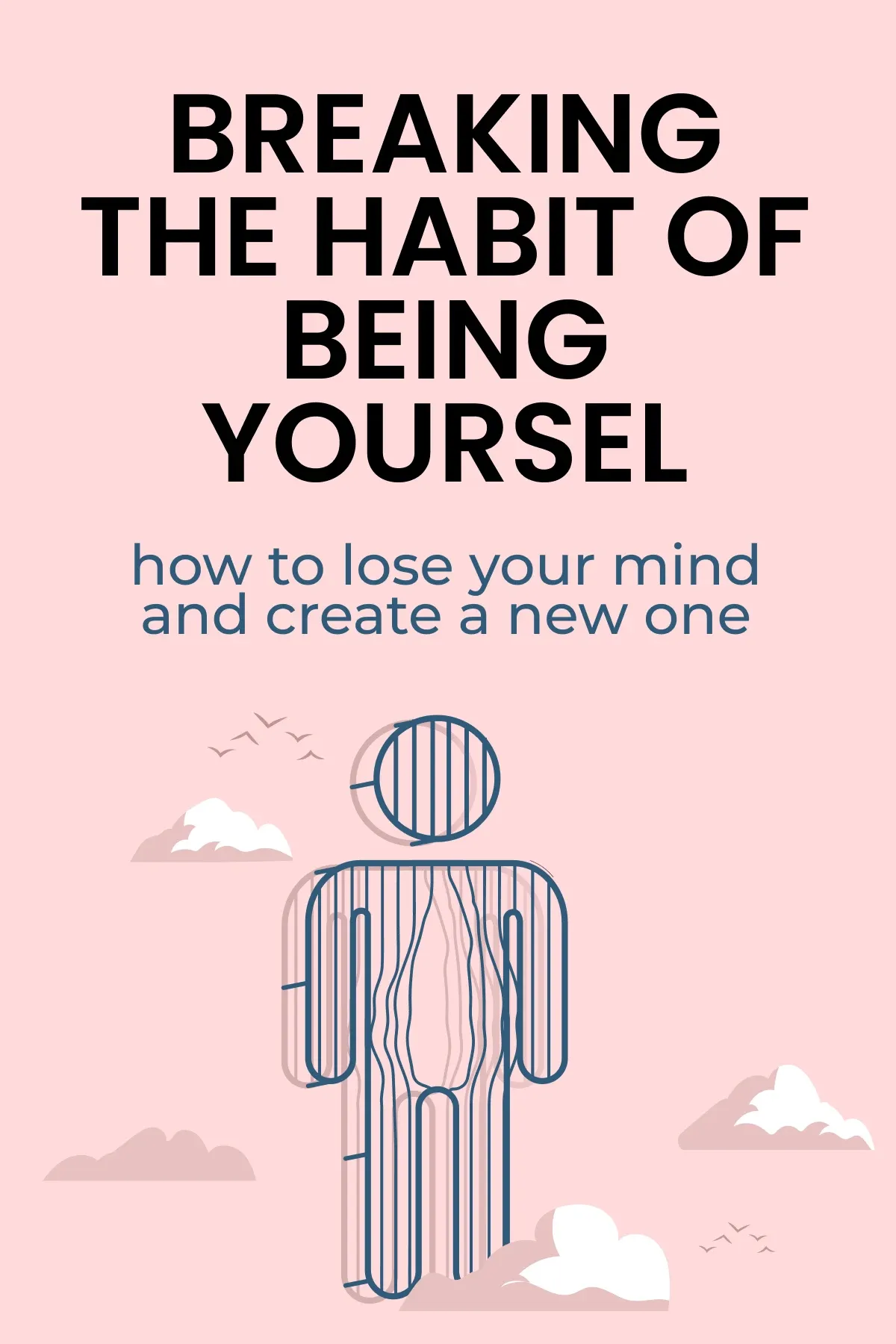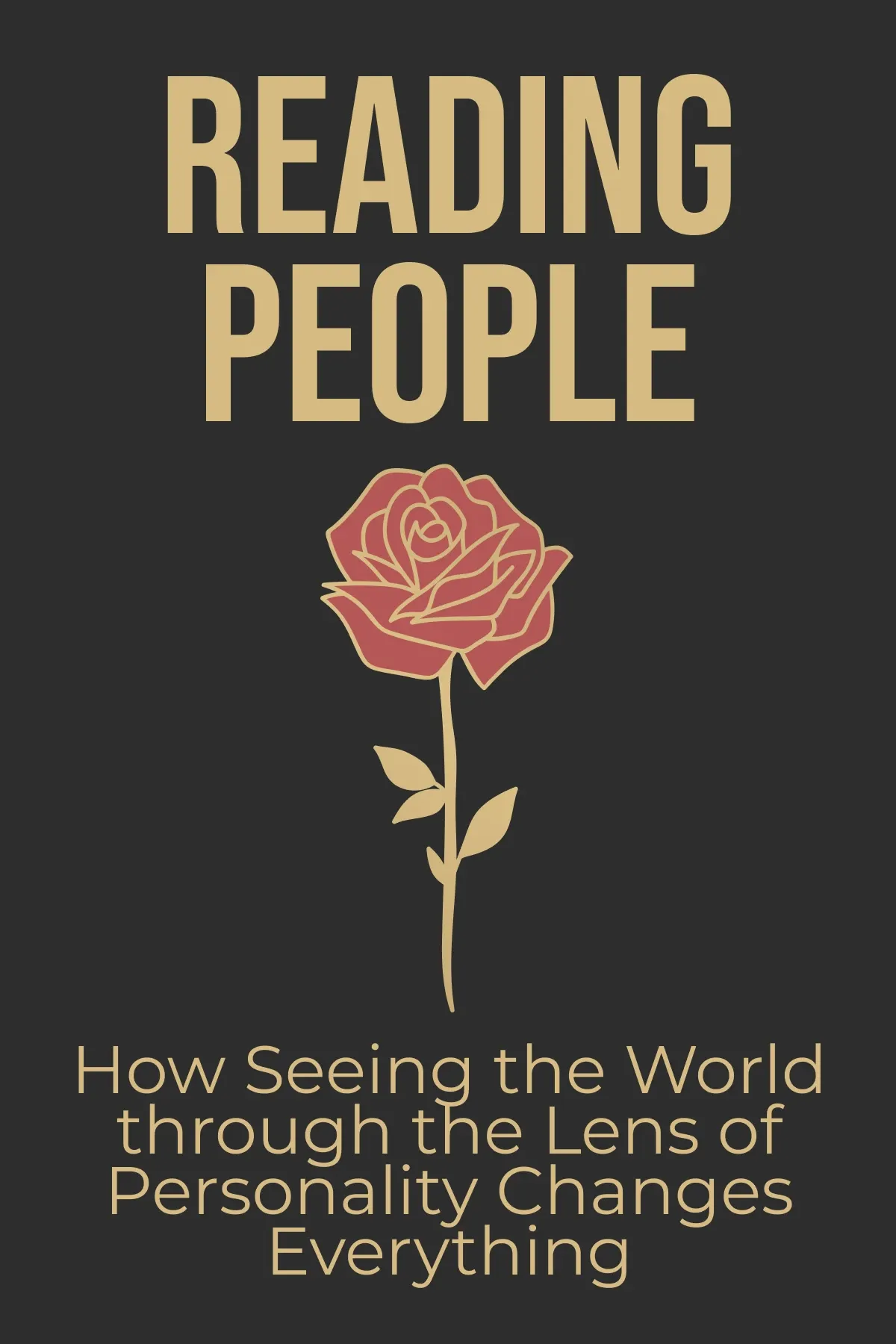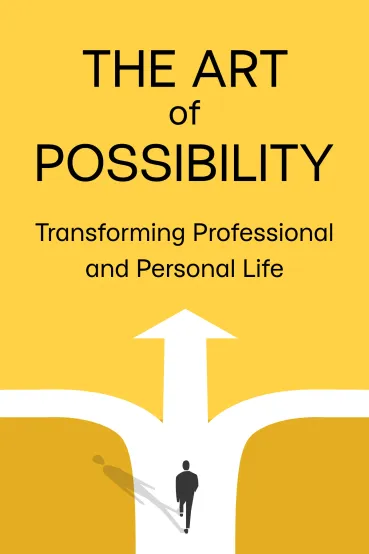
The Art of Possibility
Brief Summary
“The Art of Possibility” offers effective practices to inspire creativity. Through personal stories and anecdotes, the authors encourage readers to embrace possibility and achieve personal and professional fulfillment.
Key points
Key idea 1 of 7
As we navigate life’s difficulties, certain patterns form in our minds. Despite the actual state of affairs, we perceive situations according to our previous experiences and the beliefs we hold. A great example would be the famous puzzle about the nine dots. People trying to solve the problem make up a rule to stay within the dot box, but that boundary was never truly part of the challenge. They limit themselves voluntarily.
It may seem a trifle to you, but let’s talk about more serious examples of how our mind patterns come into play. Once, a shoe company sent two salespeople to a country in Africa. Both were shocked to discover the locals walking barefoot, but their reactions were completely different. One wrote a telegram saying, “Situation hopeless. No one wears shoes.” The other’s telegram was “Glorious business opportunity. They have no shoes.” To the marketing expert who sees a market with no shoes, the situation appears hopeless. But to another, the very same scene suggests untapped potential and opportunity. Each observer approaches with their own mindset, and each leaves with a different story. In truth, life itself is experienced through the stories we choose to tell.
Unlike animals, which instinctively seek food and avoid danger, we humans assign meanings that can both inspire and restrict our potential for success. Why is all of this happening? The answer is that the culture of metrics surrounds us. In brief, scarcity, contest, and comparison rule our lifestyles.
The first is about the false assumption that resources are limited and we must go through blood, sweat, and tears to secure a good position. The contest stems from scarcity, as we feel a strong urge to compete for a better career. Finally, comparison involves measuring our lives by someone else’s standards. An important question to consider is: “Do you view life through a lens of scarcity, competition, and comparison?”
Instead of being consumed by these three disruptive forces, it’s better to cultivate a broad-minded approach. Replace them with faith, empathy, and delight. As a result of such a life philosophy, success is sure to follow, especially if you’re more focused on bringing something meaningful to this world than just making a profit.
You may also like these summaries
